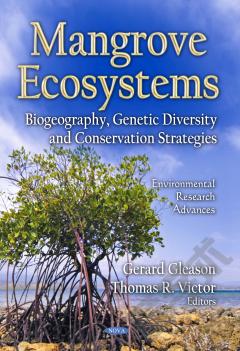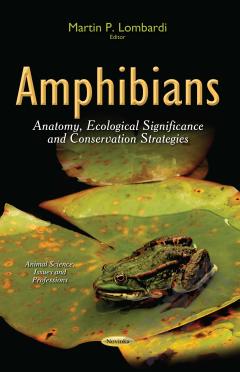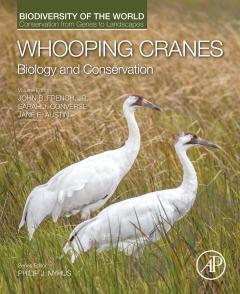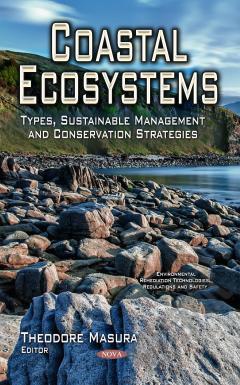Mangrove Ecosystems: Biogeography, Genetic Diversity and Conservation Strategies
Mangroves are ecosystems situated between land and sea. They are frequently found in tropical and subtropical areas and occupy approximately 18.1 million hectares of the planet. In this book, the authors present current research in the study of the biogeography, genetic diversity and conservation strategies of mangroves. Topics discussed include the biodiversity and biotechnological potential of endophytic fungi from mangrove forests; mangrove conservation in Trinidad and Tobago, West Indies; actinomycetes in mangrove environments; xylariaceae and mangroves; multitemporal analysis of thermal field modification and its repercussions in the landscape of the Itanhaem River estuarine region in Brazil; mangrove finch camarhynchus heliobates; analysis of coastal erosion and forest loss in the Sundarbans mangrove using time-series satellite data; the mangrove ecosystem conservation strategy in the Niger Delta, Nigeria; Madagascar Teal Anas bernieri; and a biogeochemistry study in mangrove ecosystem sediments using a dialysis porewater sampler.
{{comment.content}}








 京公网安备 11010802027623号
京公网安备 11010802027623号